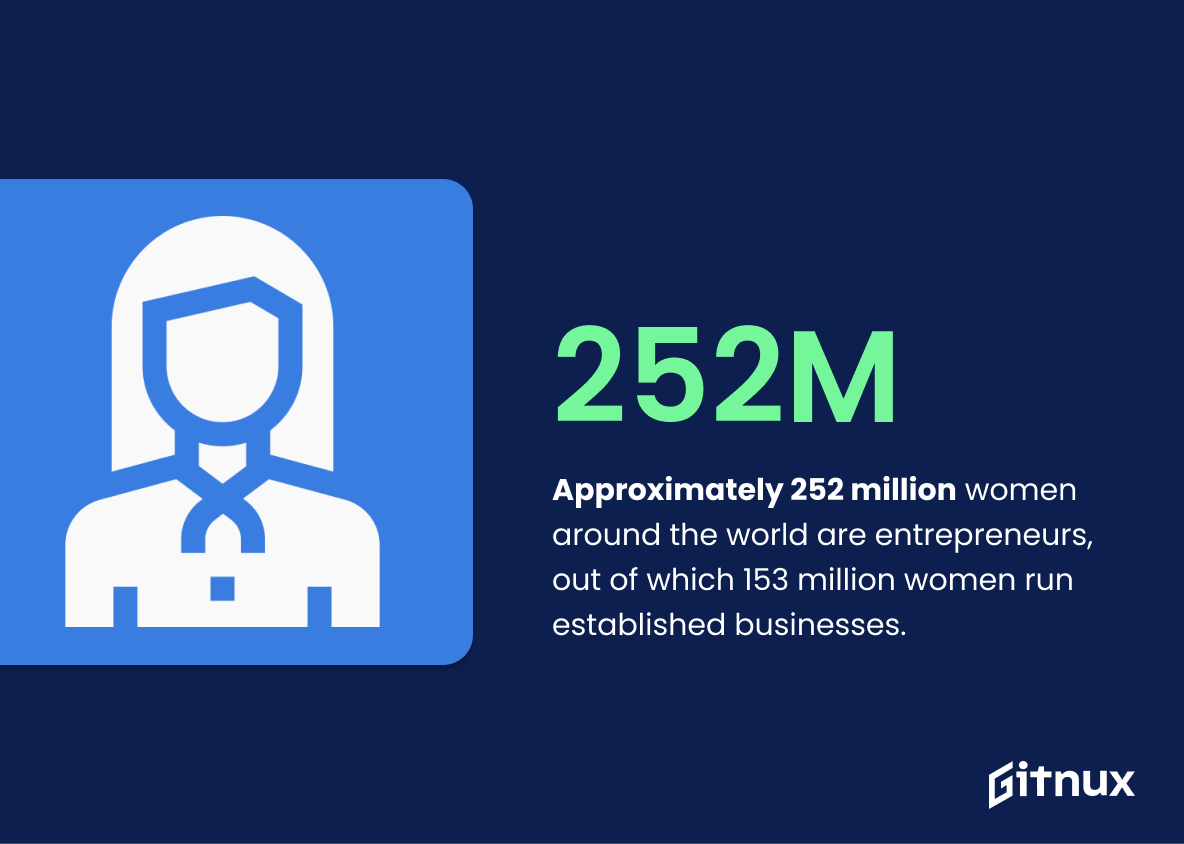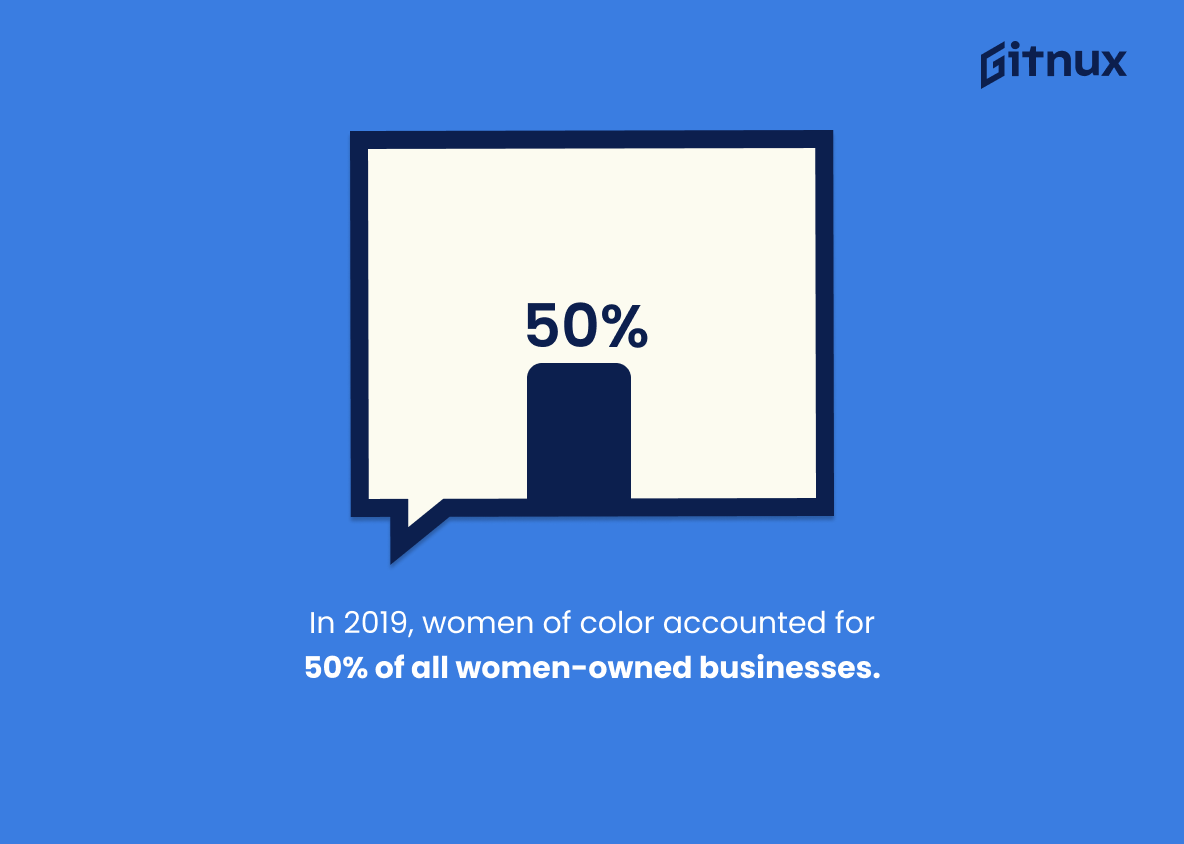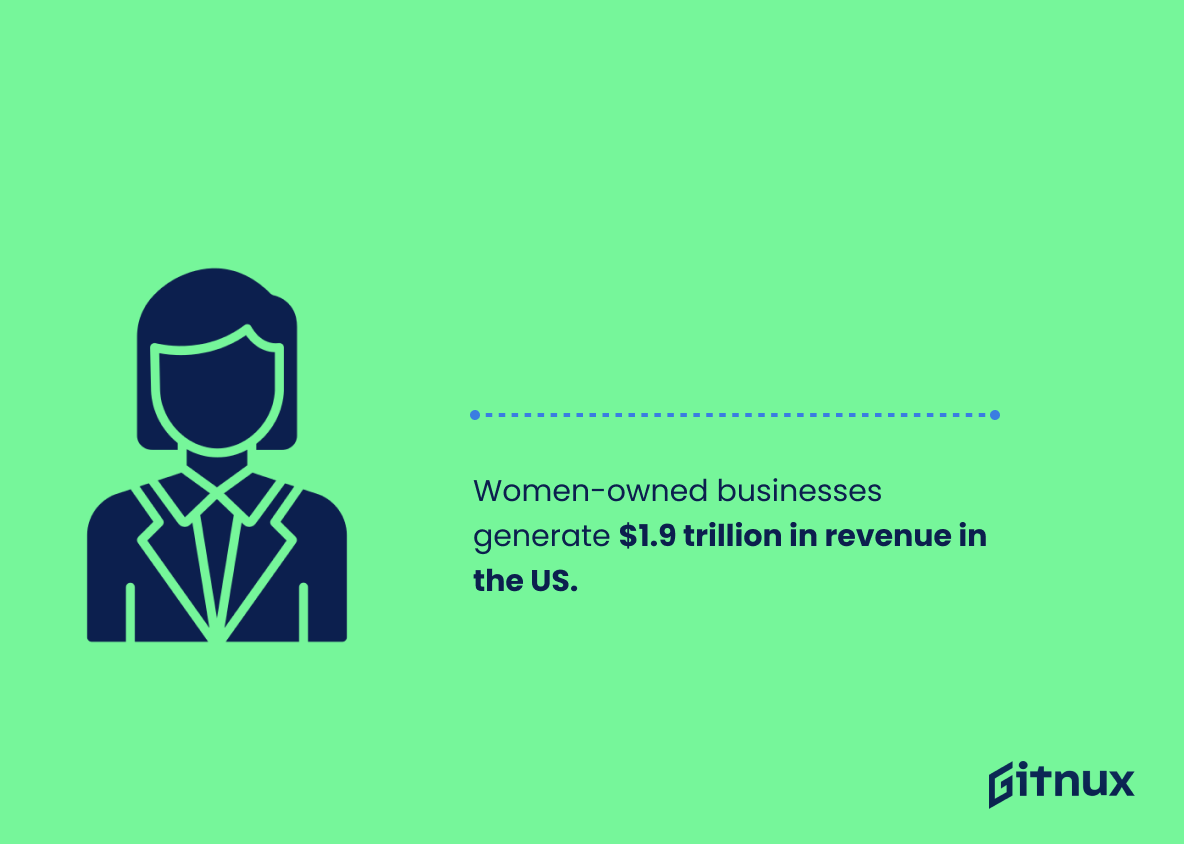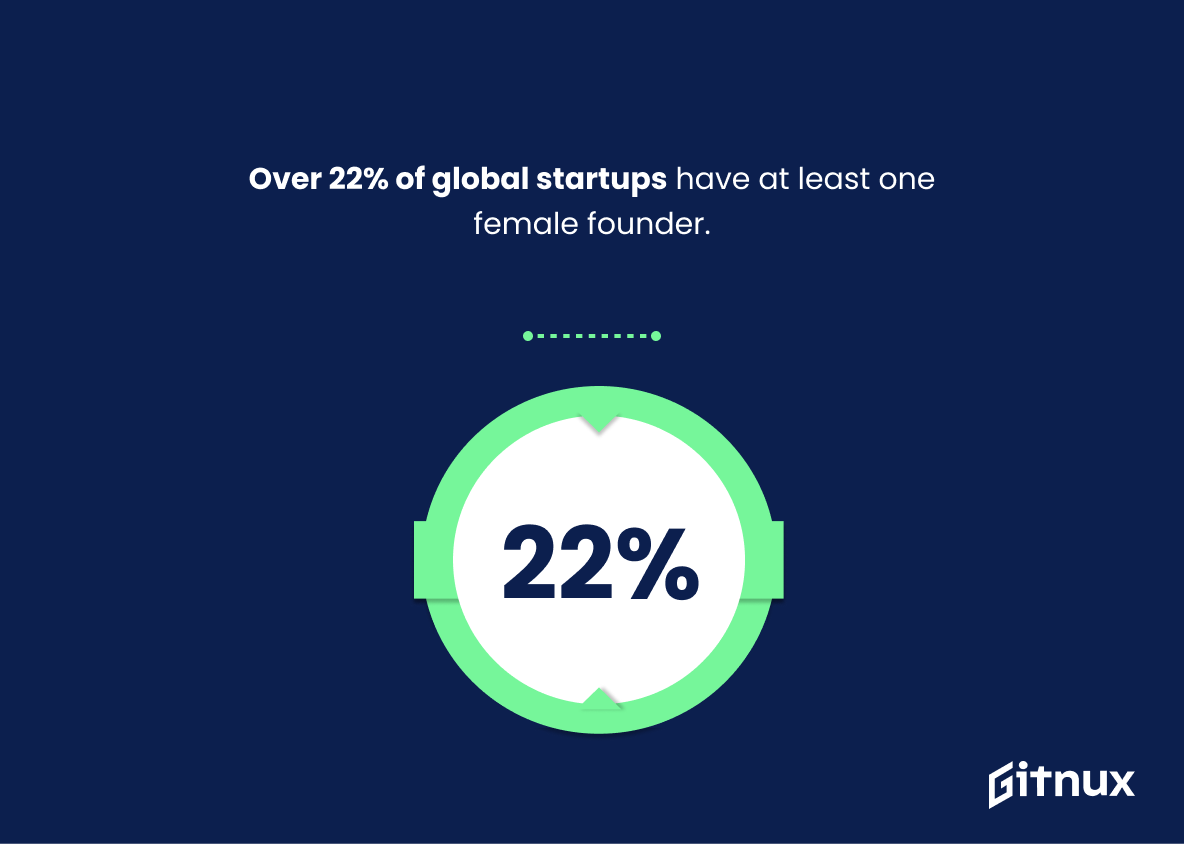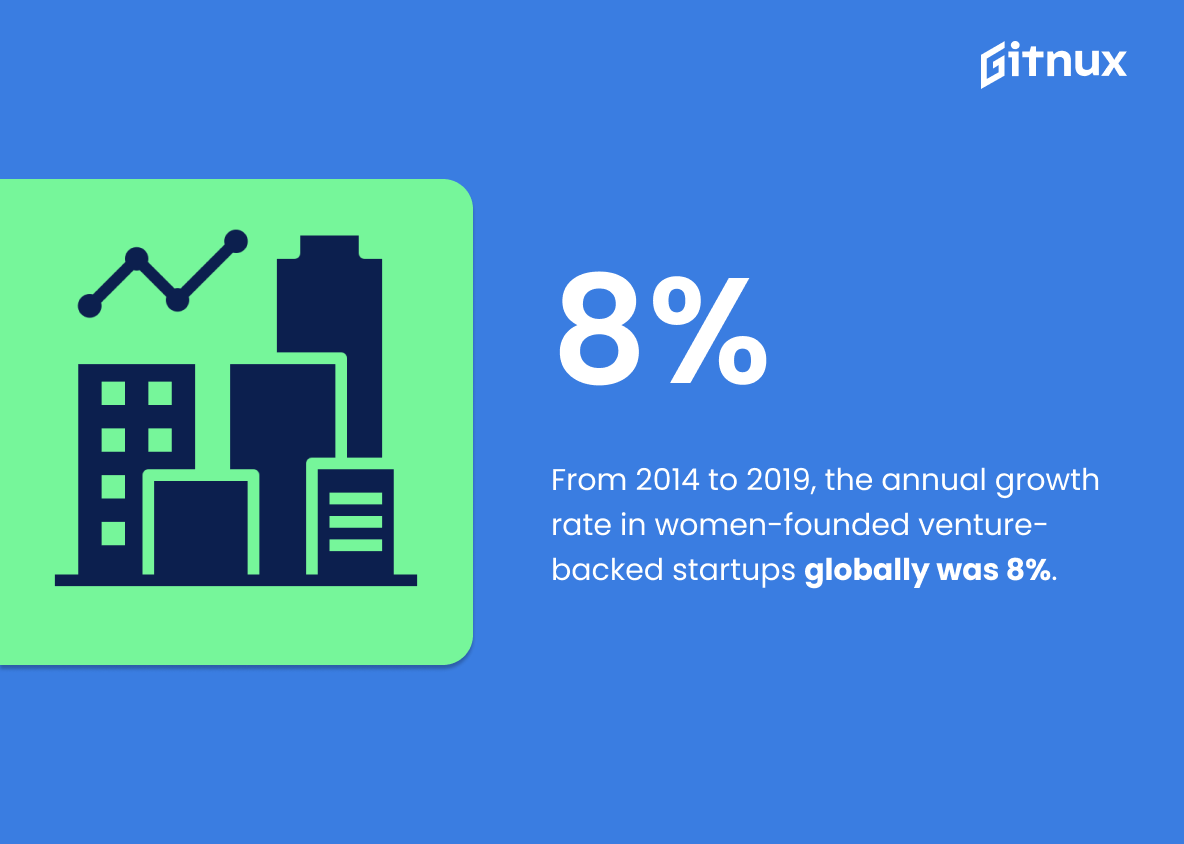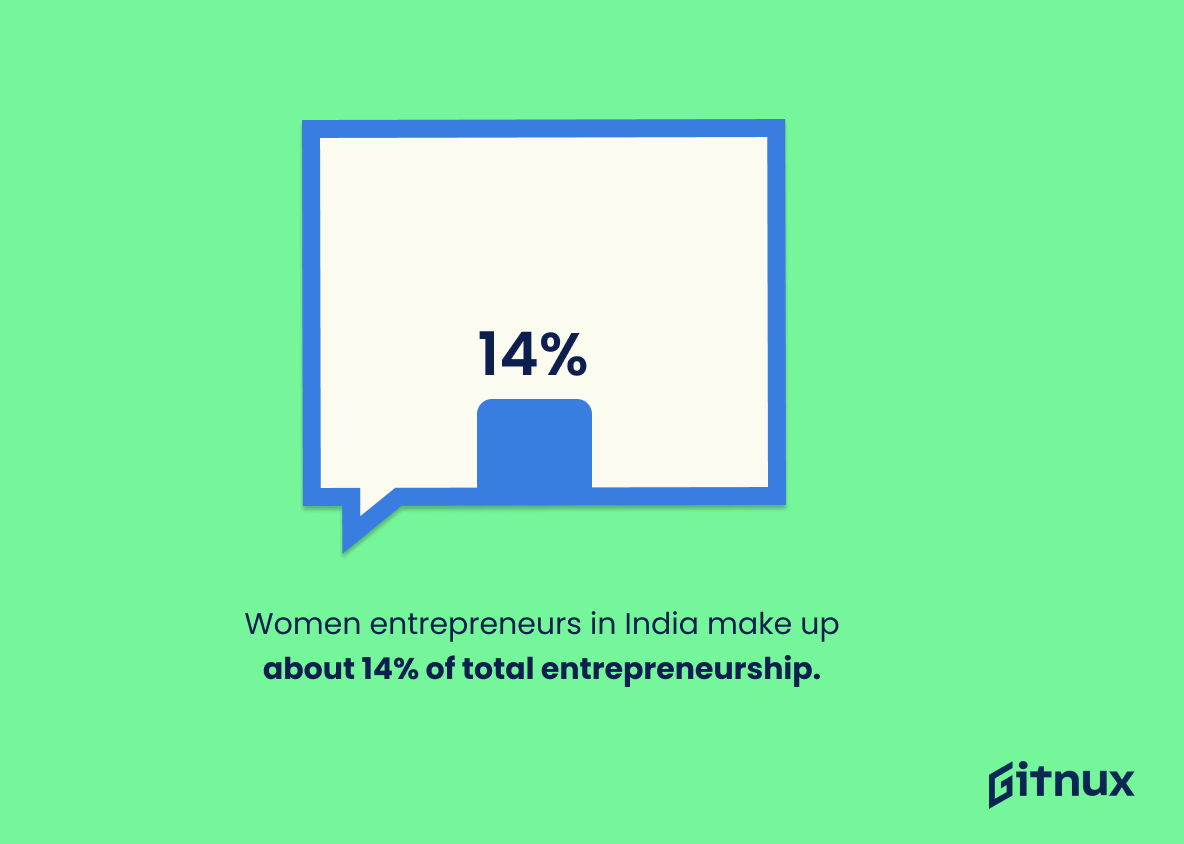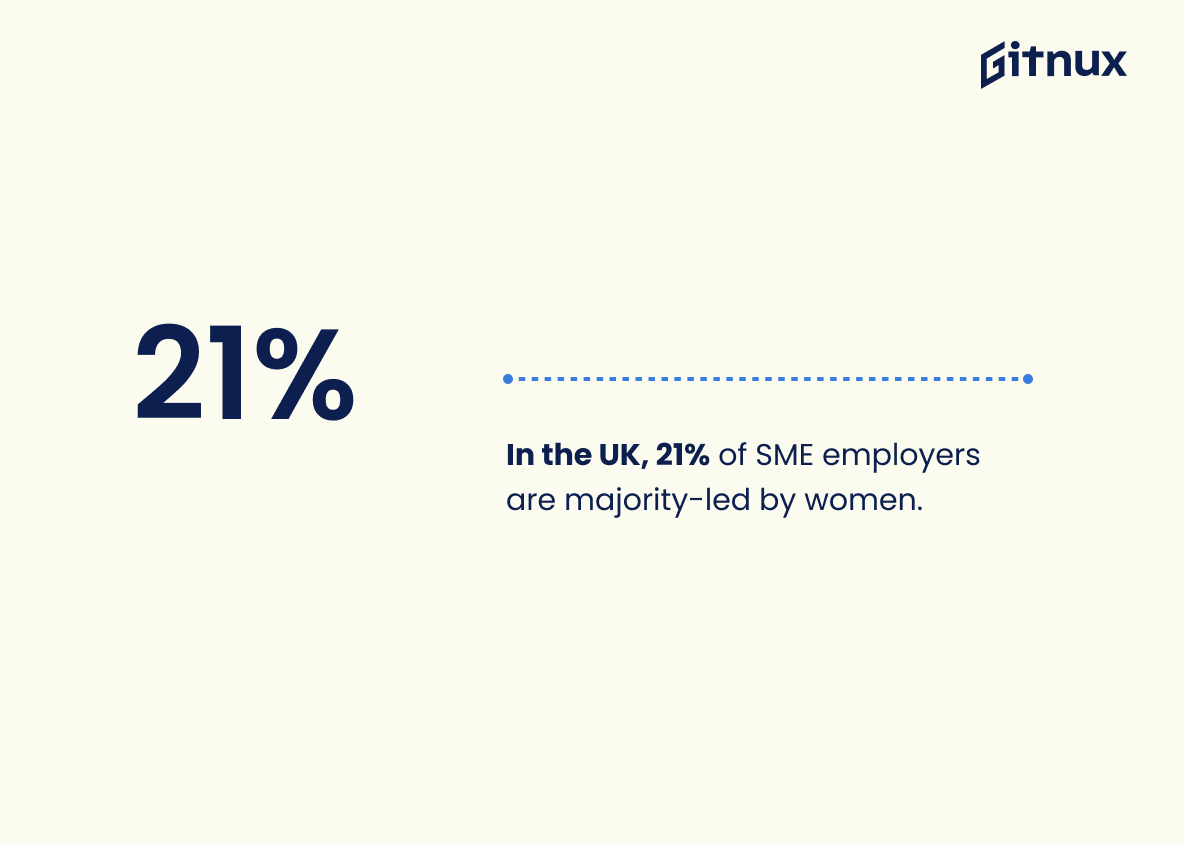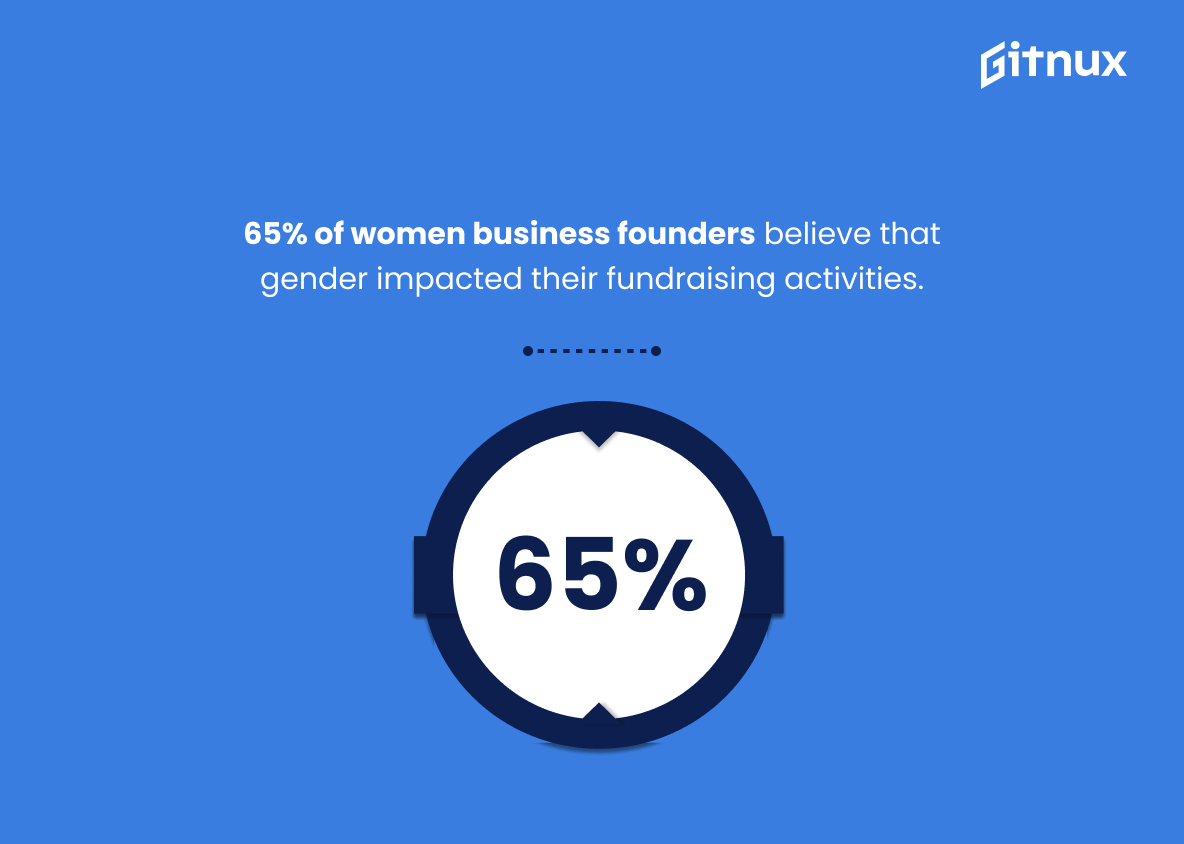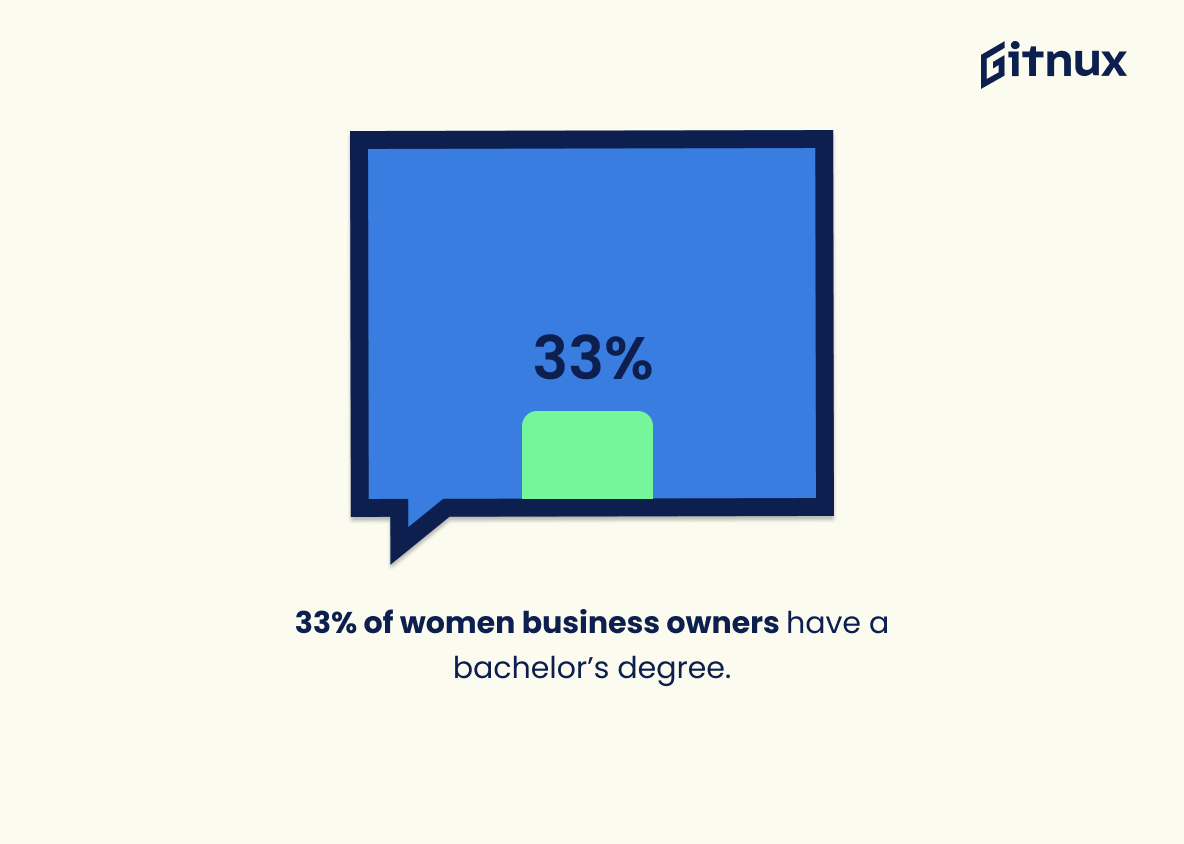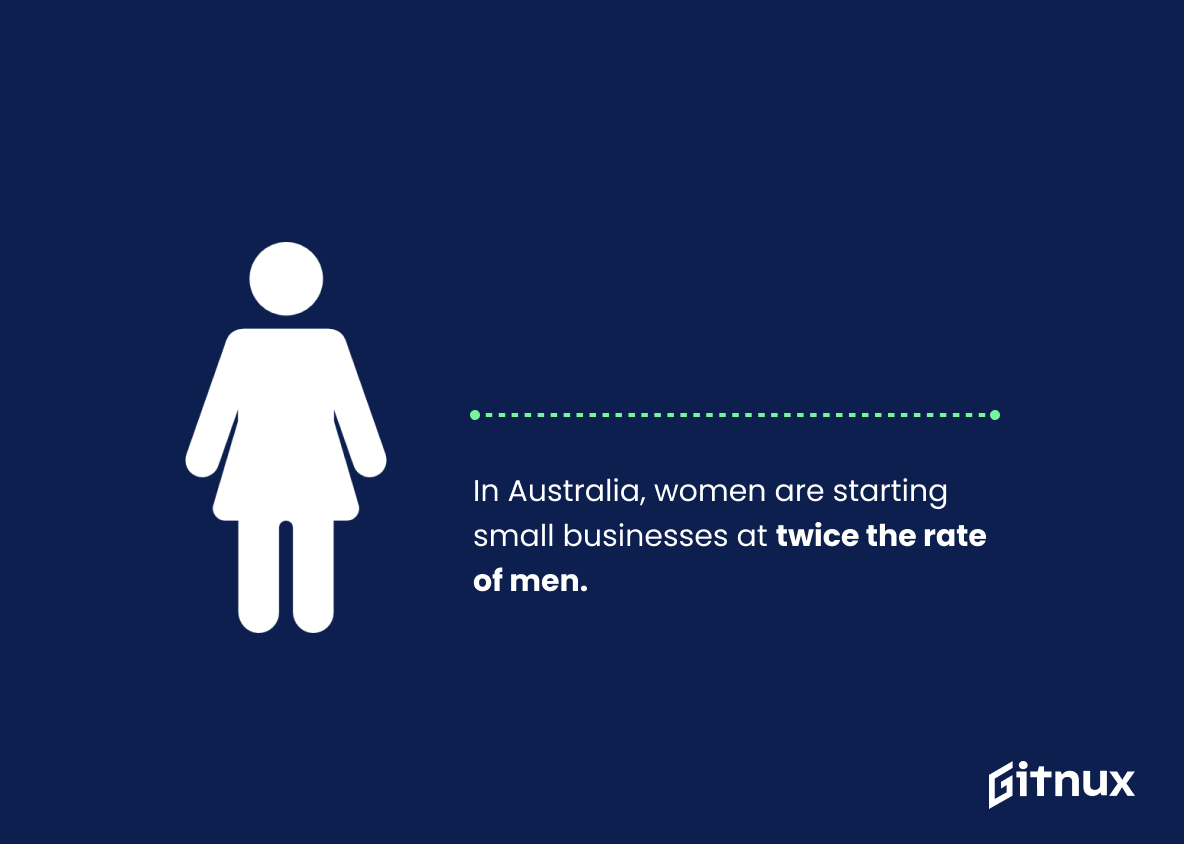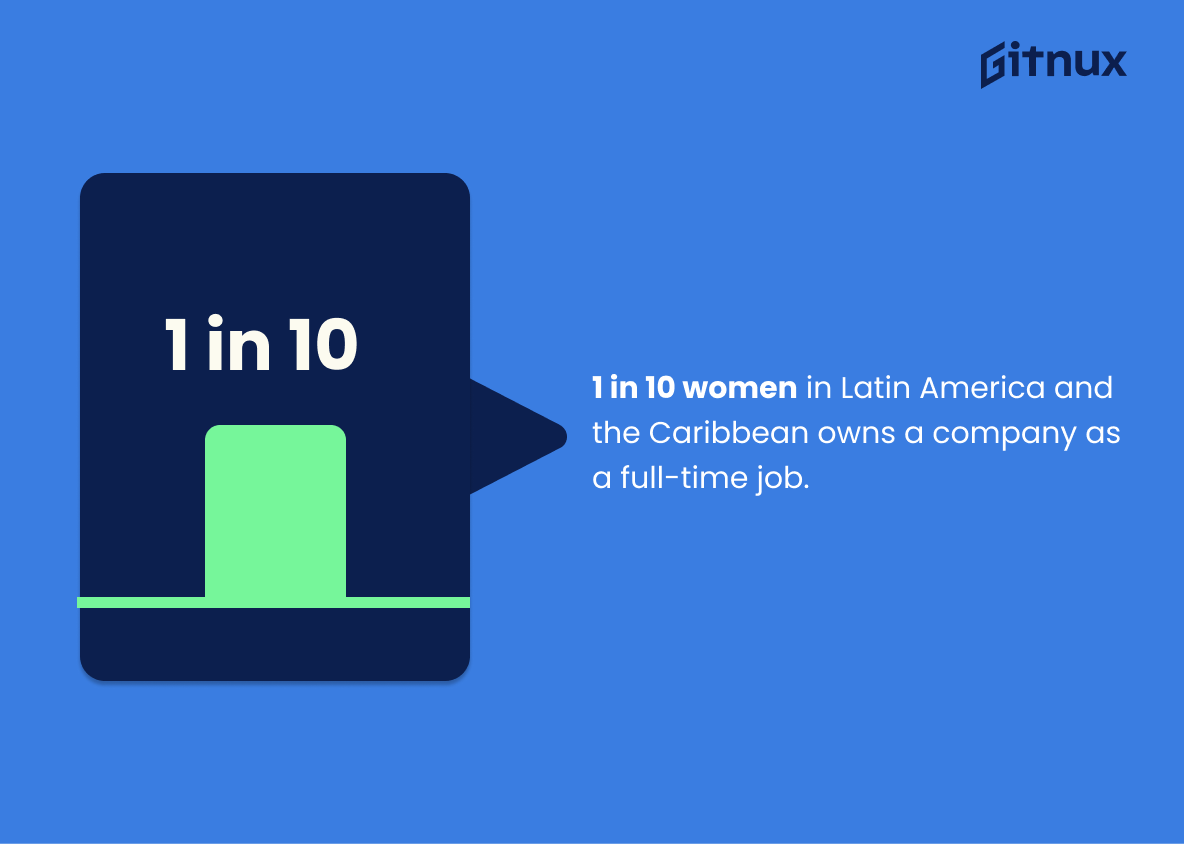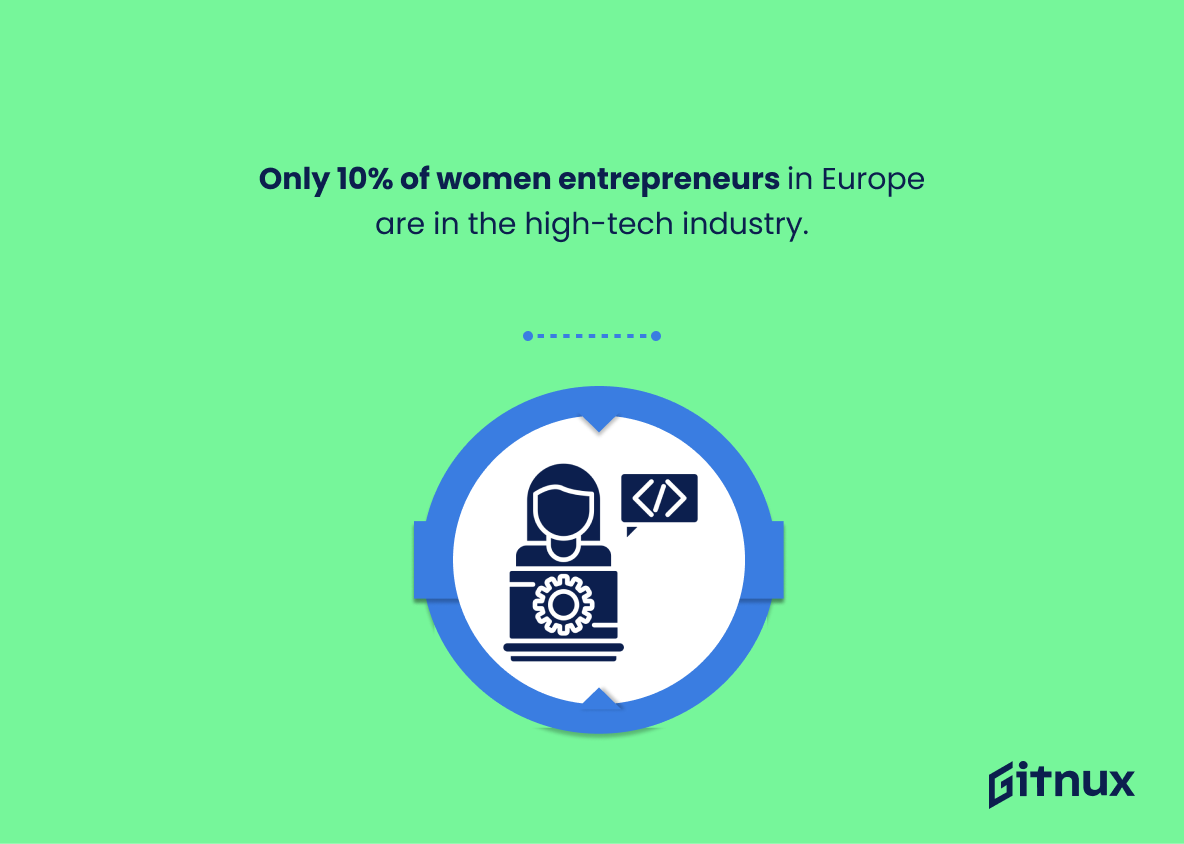In today’s rapidly evolving business landscape, there’s an inspiring new narrative emerging – the rise of women entrepreneurs. This demographic is broadening the horizons of global business, challenging traditional norms and spearheading innovations across myriad industries. In this blog post, we take a close look at the numbers game, dive deep into the changing currents, and explore compelling statistics about women entrepreneurs. Prepare to marvel at the indomitable spirit of women who dare to dream, take risks, and carve out their distinct identity in the business world. Through these telling numbers, we’ll unravel the story of their journey, their triumphs, and their invaluable contributions to the global economy.
The Latest Women Entrepreneur Statistics Unveiled
Approximately 252 million women around the world are entrepreneurs, out of which 153 million women run established businesses.
Undeniably, these figures cast a spotlight illuminating the indomitable spirit of women entrepreneurs globally. They paint a vivid picture of approximately 252 million women stepping into the competitive arena of entrepreneurship. This number is not just a figure, but a narrative of dreams realized, hardships overcome, and barriers shattered. Delving deeper, we find an even more inspiring story, that of the 153 million women who have sailed the stormy seas of business trials and tribulations, and continue to stand their ground with established businesses. This narrative humanizes the grand scale of women’s entrepreneurial journey, placing them at the heart of innovation and economic development worldwide. It is a testament to women’s growing role in shaping business landscapes and transforming economies.
In 2019, women of color accounted for 50% of all women-owned businesses.
This potent statistic serves as a beacon, shining a light on the emerging landscape of women entrepreneurship, an arena in which women of color are playing an increasingly vital role. It is a testament to the shifting dynamics and narrative of entrepreneurship, challenging pre-existing stereotypes and conceding the rise of diverse ownership. This statistic provides an inspiring narrative about growing inclusivity in business ownership and these valuable insights could motivate, promote and sustain further exploration or initiatives for women, particularly those of color, exploring opportunities in business and entrepreneurship.
Women-owned businesses generate $1.9 trillion in revenue in the US.
Propelled by resilience, creativity, and an indomitable entrepreneurial spirit, women across the US are making remarkable strides in business leadership. A staggering testament to their economic prowess is the $1.9 trillion revenue generation by women-owned businesses. This vividly captures the profound magnitude of women’s contribution to the US economy. Seeped with compelling entrepreneurship success stories, this number bestows an impetus to the narrative of women in business. The sheer scale of this revenue sparks optimism and promises manifold possibility for future women entrepreneurs – a heartening reminder of their capabilities, potential, and increasing significance in the business terrain. In the context of women entrepreneur statistics, this number stands not just as a figure, but as a towering beacon of inspiration for aspiring women business leaders. This is a spotlight on their journey, struggles, victories, and ultimately how they’re reshaping the contours of American commerce.
More than 60% of the new businesses created in Brazil in 2020 were run by women.
The spotlight on this impressive figure – ‘More than 60% of the new businesses created in Brazil in 2020 were run by women’, illuminates the journey of women from the household to the helm of businesses. Subtly breaking barriers and shattering stereotypes, women in Brazil showcased their entrepreneurial prowess, thereby contributing to a surge in women-led startups. This healthy influx of female entrepreneurship not only diversifies the industrial landscape of the country but also cultivates an ecosystem of strength, resilience, and innovation. As such, this statistic provides an optimistic narrative in the conversation around Women Entrepreneur Statistics; a narrative of strength and perseverance, proving that the realm of entrepreneurship is no longer a male-dominated arena. Furthermore, it signals a crucial shift in societal norms and paves the way forward for increased gender inclusivity in business, suggesting that the entrepreneurial spirit is no longer defined by gender.
Over 22% of global startups have at least one female founder.
Highlighting the fact that over 22% of global startups have at least one female founder underscores the ripple effect women are creating in the sea of entrepreneurship. It reflects the closure in the entrepreneurial gender gap, drawing a powerful narrative of women asserting their abilities and ideas in building the world of business – a realm traditionally dominated by men. This number echoes the spirit of female resilience and innovation, exemplifying the barrier-breaking contributions they are making while inspiring other potential female entrepreneurs to step into this exciting frontier. Such trailblazing statistic holds relevance in a blog post about women entrepreneur statistics, because it tunes into the rising influence of female founders and their transformational impact on the global startup landscape.
From 2014 to 2019, the annual growth rate in women-founded venture-backed startups globally was 8%.
Delving into the realm of women entrepreneurship around the globe, one can’t help but be captivated by the impressive trajectory of women-led venture-backed startups. Between 2014 and 2019, there was a consistent annual growth rate of 8%, a figure that serves to underscore the dynamism, resilience and innovation that characterize women in business. This uptick not only signifies a wave of opportunities for ambitious women, but also directly contributes to economic vitality. When unpacked, this interesting figure unravels a story of progress, revealing an encouraging bent towards gender diversity in the entrepreneurial world. Through such figures, our blog shines a spotlight on the rising trend of women in the driver’s seats of entrepreneurship, bursting past traditionally set boundaries.
Women entrepreneurs in India make up about 14% of total entrepreneurship.
Undoubtedly, the statistic showcasing that women entrepreneurs in India constitute approximately 14% of total entrepreneurship serves as a powerful testament to the progressive landscape of female-led business within the country. In the framework of a blog post about Women Entrepreneur Statistics, this figure plants an insightful seed, unraveling the vivid narrative of women breaking through the patriarchal business norms and making their indelible mark in the Indian entrepreneurial ecosystem.
This 14% represents more than just a figure – it is a measure of economic empowerment, social progress, and significant contribution to the country’s GDP. Furthermore, it provides a comparative lens to observe the evolution of gender disparity in entrepreneurship over the years, adding depth and relevance to discussions on women’s business journeys and endeavours across India. The data also acts as a kickstarter for dialogue on challenges faced, what has been overcome, and the pathway that still lies ahead towards achieving equal representation in the entrepreneurial realm.
In summary, every statistic carries a story, and the tale of 14% brims with evidence of Indian women’s entrepreneurial spirit, resilience and potential, underlining the essence of a blog post dedicated to Women Entrepreneur Statistics.
In the UK, 21% of SME employers are majority-led by women.
Illuminating the landscape of women’s entrepreneurial leadership, the statistic that states 21% of SME employers in the UK are majority-led by women provides a powerful testament to the rise of female business owners. It’s a compelling figure that paints a picture of increasing gender equality in the corporate landscape, a significant shift from previous generations when this percentage could have been disappointingly lower. Embedded in this data, we find not just numbers, but a narrative of perseverance and ambition, proving that women are not just participating in business sectors but are actively leading. Yet, simultaneously, it underscores how far we still have to go in achieving total parity. Nevertheless, this figure serves as a steadfast beacon of progress and an inspirational rallying cry for aspiring female entrepreneurs.
Women entrepreneurs’ job satisfaction level is slightly above the average rating (27% vs. 25%).
Delineating the significance of our statistical insight, we delve into the realm of job satisfaction levels amongst women entrepreneurs. Interestingly, the data unfolds that there is a slight tilt towards higher job satisfaction among these women business leaders, with a positive margin of 2% over the average.
Painting the broader picture of women in entrepreneurship, this statistic casts valuable light upon the subtle but impactful laurels of leading one’s own venture. It highlights the rewarding nature of entrepreneurship, amplified by the sense of empowerment it offers, thereby boosting job satisfaction levels.
Furthermore, the empowerment and autonomy gained through entrepreneurship offer women, potentially, a gratifying career that nudges their job satisfaction a notch higher than the average. This statistical point acts as a catalyst for more women to consider entrepreneurship not only as a viable career option, but one that could offer higher job satisfaction.
Ultimately, this statistic intertwines job satisfaction with women entrepreneurship, fostering a narrative that could potentially revolutionize how women perceive their opportunities in the business world – a perspective that could not be neglected when discussing Women Entrepreneur Statistics.
65% of women business founders believe that gender impacted their fundraising activities.
Delving into the rich tapestry of Women Entrepreneur Statistics, one cannot overlook the impactful revelation that 65% of female business founders perceive their gender to have influenced their fundraising activities. This not only punctuates the narrative with pressing questions about gender biases in the entrepreneurial landscape but also emphasizes the resilience of these women who tirelessly navigate challenges unique to their sex. This statistic injects a potent voice to redefine the entrepreneurial milieu, potentially serving as a catalyst for introspection and reform within the investment and startup community. It underscores the need to curb implicit gender bias, level the playing field and strive towards shaping an ecosystem that values merit over gender.
Only about 39% of businesses worldwide are owned by women.
In the vibrant tapestry of global business, women weavers constitute a mere 39%, illustrating the disparity within the entrepreneurial sphere. This statistic isn’t simply a number, but a lens exposing a significant gap between genders in the entrepreneurial world. It underscores the untapped potential of women entrepreneurs and should serve as the basis for rich discussions around empowerment of women in the business space. It is an important stepping stone to stimulate actionable strategies that inspire, encourage, and support more women to become torchbearers of business excellence. Let this figure not be a full stop, but a comma in the evolving narrative of women entrepreneurship.
33% of women business owners have a bachelor’s degree.
This intriguing statistic, stating that a full third of woman business owners have secured a bachelor’s degree, infuses the blog post with a deeper insight into the background of these female entrepreneurs. It not only underscores the importance of higher education in empowering women to carve out their unique space in the business world, but also complements the broader narrative of the post. A statistic such as this serves as a clear indicator that educational attainment plays a pivotal part in their journey towards becoming business owners. In stark terms, it illuminates the critical role education serves in fostering entrepreneurial spirit and acumen amongst women, propelling them down the path to business ownership and success.
In Australia, women are starting small businesses at twice the rate of men.
The statistic depicting Australian women launching small businesses at double the rate of men truly illustrates the shifting dynamics within the entrepreneurial landscape. It offers a vivid snapshot of how traditional gender roles are being upended in the world of business. This compelling data paints a picture of female resilience, determination, and business acumen, reinforcing the fact that more and more women are becoming capable movers and shakers in the realm of entrepreneurship.
In the context of a blog post about Women Entrepreneur Statistics, this piece of information serves as a powerful testament to their growing economic influence. It challenges age-old perceptions, forming a narrative of female empowerment that inspires a new generation of women entrepreneurs. Indeed, this statistic is not just a number – it’s a narrative of change, a testament to progress and a signal of a more diverse, inclusive business world.
1 in 10 women in Latin America and the Caribbean owns a company as a full-time job.
Reflecting on the numeric impression that every tenth woman in Latin America and the Caribbean owns a company as her full-time job, it’s crucial to acknowledge its significance within Women Entrepreneur Statistics. This solitary statistic isn’t just a number, but a story. It speaks volumes about the entrepreneurial spirit and potential blooming in this part of the world. It showcases how these vibrant women are breaking boundaries, embracing leadership roles, and contributing to their economy. Reimagining the landscape of entrepreneurship, these women are not just reshaping their futures, but alluding to a global trend where women are steadily becoming economic powerhouses.
Only 10% of women entrepreneurs in Europe are in the high-tech industry.
Diving into intriguing data points, a mere 10% of female entrepreneurs in Europe have ventured into the high-tech industry. This nugget of information creates a compelling narrative for several reasons. Primarily, it paints a clear image of women’s significant underrepresentation in this thriving sector. Indeed, high-tech is one of the fastest-growing industries and offers some of the most eye-catching opportunities for entrepreneurship. Consequently, the statistic hints at the untapped potential and the need for interventions to bridge the gender gap.
Moreover, the stat delves deeper to highlight the prevailing systematic and societal obstacles that invariably limit or discourage women from making their foray into high-tech entrepreneurship. Undeniably, blog posts centered on female entrepreneur stats serve to ignite conversations and inspire actionable changes. Therefore, embedding such thought-provoking statistics helps to underline the gravity of the situation and champions the call for more inclusive entrepreneurship ecosystems.
61% of Swedish women entrepreneurs say they have a generally positive image of entrepreneurs in society.
Diving into the vibrant world of statistics, the figure ‘61% of Swedish women entrepreneurs hold a generally positive image of entrepreneurs in society’ brings a splash of enthusiasm into the conversation surrounding Women Entrepreneur Statistics. Unveiling layers of insights, this particular statistic serves as a striking testament to the progressively positive attitude and perception of women entrepreneurs in the Swedish society.
Set against the blog post’s context, it vibrantly colors the canvas of understanding, demonstrating that a substantial majority of Swedish women entrepreneurs not only contribute to economic growth but also enjoy a favorable societal image. This positive societal image has the potential to inspire more women to take the entrepreneurial leap, indicating a healthier, more inclusive entrepreneurial environment in Sweden. Furthermore, it can stimulate targeted efforts and policies to continue to uplift the image and prospects of women entrepreneurs, both in Sweden and globally.
To sum up, this statistic is like a beacon, guiding the narrative towards the noteworthy progress and the continuing path of inclusivity in the entrepreneurial world.
Canadian women are twice as likely to be early-stage entrepreneurs compared to women in other innovation-based economies.
Delving into the realm of Women Entrepreneur Statistics, our gaze is particularly captured by an intriguing prologue to the Canadian narrative. With Canadian women being twice as likely to be early-stage entrepreneurs compared to their counterparts in other innovation-based economies, the land of the maple leaf subtly sketches a compelling panorama.
The pulse of this statistic resonates beyond mere figures and ratios. It unfurls a fascinating tale of opportunity, ambition, and female empowerment in Canada. In the woven tapestry of entrepreneurship, this lights up a lighthouse for women contemplating their entrepreneurial voyage, signaling an environment brimming with potential.
Moreover, the statistic uncovers latent entrepreneurial layers within Canadian society, hinting at a supportive incubation system that encourages entrepreneurial ventures from the spectrum’s feminine side. Strikingly, it assists in drawing comparisons, highlighting the entrepreneurial landscape’s diversity across different innovation-based economies.
Moving forward, this numerical gem aids in painting an illuminating future blueprint. It showcases Canada as a potential benchmark for molding policies and initiatives, stimulating women’s entrepreneurial pursuits globally. Hence, it serves as a vital cog nestled in the grand machinery of Women Entrepreneur Statistics.
Conclusion
In conclusion, the rise of women entrepreneurs represents a significant shift in today’s business landscape. Women entrepreneurs are not only making strides in breaking glass ceilings, but they’re also making a substantial impact on the global economy. These statistics reveal an encouraging growth trend and potential for an even stronger future, but they also highlight the areas where work still needs to be done. With the continued advancement of gender equality, encouraging government policies, robust support systems, and improved access to resources, there’s every reason to believe that we’ll see these numbers continue to climb in the years to come. Let’s ensure that this progress doesn’t stall, because the success of women entrepreneurs is a victory for all.
References
0. – https://www.www.crunchbase.com
1. – https://www.www.fsb.org.uk
2. – https://www.www.americanexpress.com
3. – https://www.www.zenbusiness.com
4. – https://www.www.worldbank.org
5. – https://www.www.guidantfinancial.com
6. – https://www.www.morganstanley.com
7. – https://www.www150.statcan.gc.ca
8. – https://www.www.statista.com
9. – https://www.ec.europa.eu
10. – https://www.about.crunchbase.com
11. – https://www.about.americanexpress.com
12. – https://www.www.ey.com
13. – https://www.data.worldbank.org
14. – https://www.www.gemconsortium.org
15. – https://www.www.businessnewsaus.com.au
